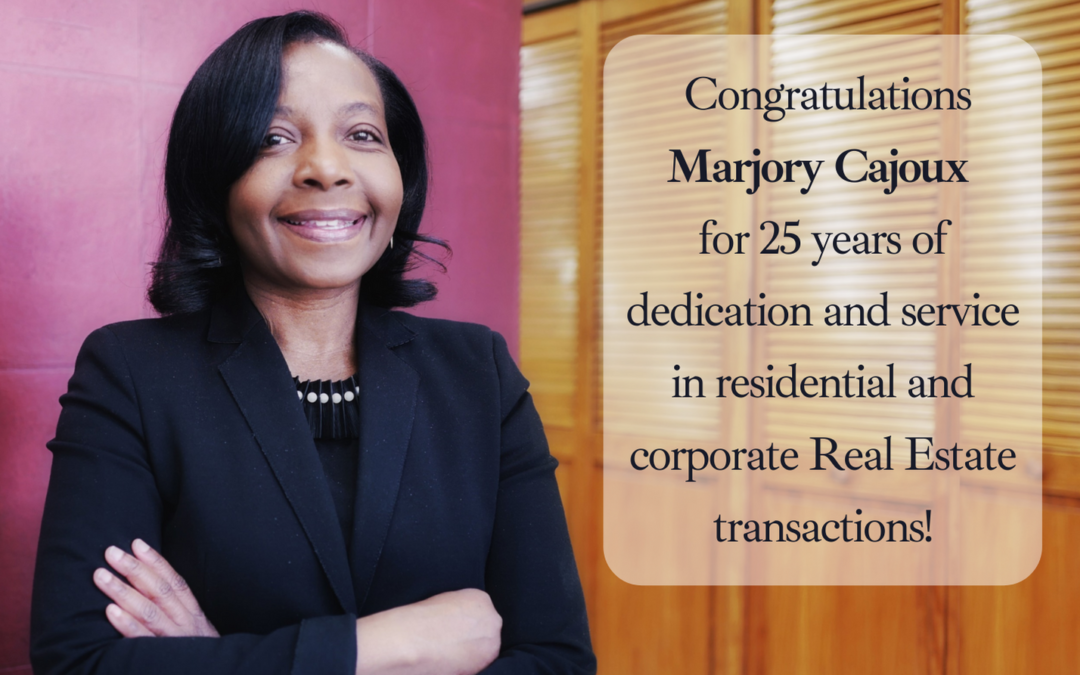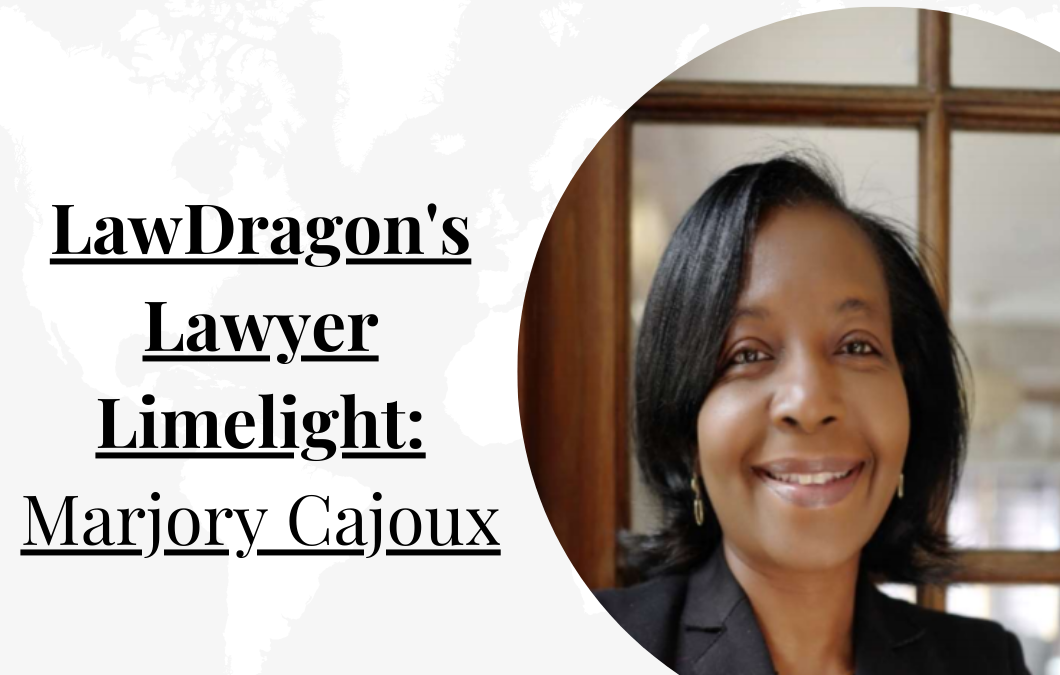A primary motivation for creating your estate plan is to likely ensure that the assets you acquired over a lifetime are distributed according to your wishes. For the plan to work as intended, all of your assets must be included in the plan – including your digital assets. A knowledgeable and experienced estate planning lawyer at The Law Offices of Marjory Cajoux can discuss digital assets with you and why it is crucial to incorporate them into your estate plan. Today, we’ll be sharing the importance of including your digital assets in an estate plan as well as additional tips.
In this 21st century lifetime, almost everything we do now has an electronic component, such as pictures, music catalogs, daily journals, account statements and so forth. How much of your life is stored electronically? How many daily tasks do you accomplish electronically? During the coronavirus pandemic, many businesses and even the largest educational system in the country went remote and digital. The odds are good that all of your communication – both business and personal – is handled via email, text, or social media sites like WhatsApp, Facebook, Instagram, or Twitter.
You probably pay the majority of your bills via an automatic electronic funds transfer or using a debit card over the company’s website. All of your financial and investment accounts are undoubtedly accessed online. Whether you run your own business or work for someone else, it’s always a certainty that the business has a significant online presence. In a nutshell, the number of digital assets, records, and accounts you have probably accounts for a larger percentage of your total assets than you realized – and those are assets. Hence, including those assets in your estate plan is vital because failing to do so can create chaos during the probate of your estate.
Before discussing how your digital assets should be handled in your estate plan, it helps to define exactly digital assets are. The term “digital asset” may include, but is not limited to, the following:
- Computing hardware – computers, external hard drives, or flash drives, tablets, smartphones, digital music players, e-readers, digital cameras, and other digital devices.
- Information or data – stored electronically, whether stored online, in the cloud or on a physical device. For each account, make sure you identify where it is located, your username and password.
- Online accounts – email and communications accounts, social media accounts, shopping accounts, photo and video sharing accounts, video gaming accounts, online storage accounts, and websites and blogs that you may manage. For each of these you will also need to make a note of your username and password.
- Financial and bill paying accounts — Checking and savings accounts, retirement accounts, trading accounts, investment accounts, utility payment accounts, credit card accounts, house and vehicle loans
- Intellectual property — copyrighted materials, trademarks, patents, and any code you may have written and own. Also, don’t forget to include any domain names that you own.
The person designated in the will to handle digital assets is called a digital executor. In a Power of Attorney (POA) that person is referred as an Agent. A general term that covers both situations is Digital Fiduciary. The Digital Fiduciary should be someone you trust and who has the knowledgeable in the management of digital information. Should your executor or agent turn out to be insufficiently knowledgeable, you can designate a separate co-fiduciary for digital assets. As an alternative, you can designate a person to assist your executor or agent with digital assets, without appointing that person as a co-executor or co-agent. Make sure the Digital Fiduciary knows where to find your list of digital assets and login information. The list should be kept in a safe place, such as where you keep your will and other important documents.
Below are steps in organizing your digital estate plan:
- Take stock of your online accounts. Begin by making a list of your accounts and their related login information, including any security questions and the answers.
- Close old and unused accounts. Reducing the number of active accounts makes it easier to manage them all and minimizes the chances you’ll overlook one later.
- Update your preferences on your online accounts, if possible. Some sites allow you to make decisions about what happens in the event of death or disability.
- Update your information. As you go about your usual online routine, check that the online accounts you use are on your list. Add and delete as your circumstances change.
- Include a digital asset provision in your will and in your power of attorney. This should refer to a separate document that lists the digital assets and their login information. This list needs to be updated as the information changes.
As always, remember when creating your Digital Estate Plan, you should take into consideration the law in your state. It is advisable to consult with a knowledgeable attorney or to get help from an online service provider. If you have additional questions or concerns regarding the incorporation of digital assets into an estate plan, contact one of our highly experienced and knowledgeable Attorneys at The Law Offices of Marjory Cajoux.








